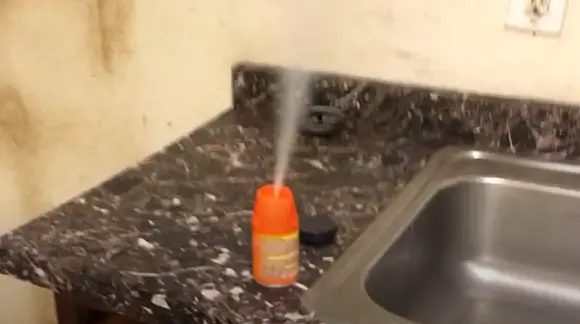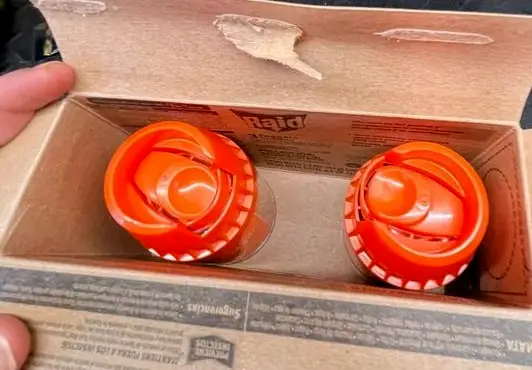Bug Fogger Poisoning Symptoms & Treatment

In the battle against unwanted pests, bug bombs or foggers have become a popular weapon. They’re designed to kill insects en masse, releasing a fog of insecticide penetrating even the hardest to reach areas of your home. But are they safe? And how should you use them correctly? This article seeks to address those questions.
Are Bug Bombs Safe?
Yes, when used according to the manufacturer’s instructions, bug bombs are generally safe. However, it’s essential to understand that these products contain potent insecticides, and if used incorrectly, they can pose health risks to humans and pets. There have been reports of people experiencing respiratory issues, headaches, and dizziness due to incorrect use or exposure.
How Long Does Bug Bomb Residue Last?
Bug bomb residue can linger after the fogging process. Typically, the residue can last anywhere from a few hours to a few days, depending on the brand and the chemicals used. Always read and follow the product label for specific instructions on re-entry times. Most manufacturers recommend thoroughly ventilating the treated area for at least 30 minutes to a few hours after fogging.

Bug Fogger Poisoning Symptoms
While rare, poisoning can occur if someone inhales, ingests, or directly contacts the fogger’s chemicals. Some common symptoms of bug fogger poisoning include:
- Difficulty breathing or shortness of breath
- Coughing or sore throat
- Nausea or vomiting
- Headache or dizziness
- A feeling of weakness or fatigue
- Eye, skin, or mucous membrane irritation
If anyone exhibits these symptoms after using a bug bomb, it’s essential to get fresh air immediately and seek medical attention.
What to Cover When Bug Bombing?
Before activating a bug bomb, it’s crucial to protect specific items and areas in your home:
- Food and Utensils: Cover or store away all food items and eating utensils.
- Electronics: Cover TVs, computers, and other electronic devices to protect them from residue.
- Toys: Ensure children’s toys are covered or removed.
- Aquariums: If you have fish or other aquatic pets, cover the aquarium and turn off its air pumps.
- Plants: Some plants may be sensitive to the chemicals. Consider moving them outside or covering them.
- Fabrics: While it’s not always necessary, you may want to cover sofas, beds, and other fabrics to reduce direct exposure.
Always remember to turn off all ignition sources like pilot lights or open flames, as the propellants in some foggers are flammable.

Are Bug Bombs Effective?
Bug bombs can be effective in killing the exposed insects within their fogging range. However, their efficacy can be limited regarding pests hiding deep within cracks, behind walls, or under floors.
For more resilient infestations or pests like bed bugs, which are known to hide well, professional treatment might be more effective. It’s always a good idea to consult with a pest control professional if you’re unsure about the severity of your infestation or the best method of treatment.
What will happen if you inhale a bug bomb?
Inhaling bug bombs is a severe issue. Anyone with a respiratory problem cannot go near the activated bug bomb. Inhaling bug bombs will affect the respiratory system the most because they will reach the blood vessels and the lungs in a flash.
Inhale a significant amount can damage our throat and vocal arrangement. Lungs are affected most, which can lead to internal bleeding. Coughing blood is a symptom of inhaling enough chemicals to be severely affected.
Conclusion
Bug bombs can be a handy tool in the fight against pests. However, it’s crucial to use them responsibly and safely. Always read and follow the manufacturer’s instructions, take necessary precautions, and stay informed about potential risks and symptoms of exposure. Consulting with a pest control expert can provide further guidance and peace of mind when in doubt.